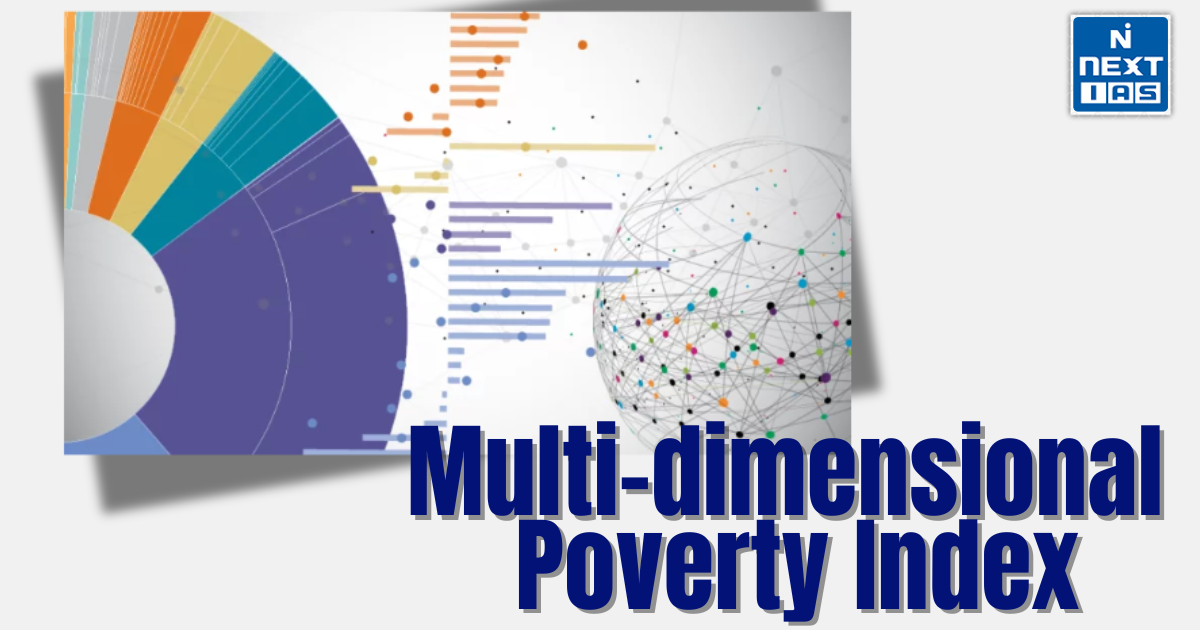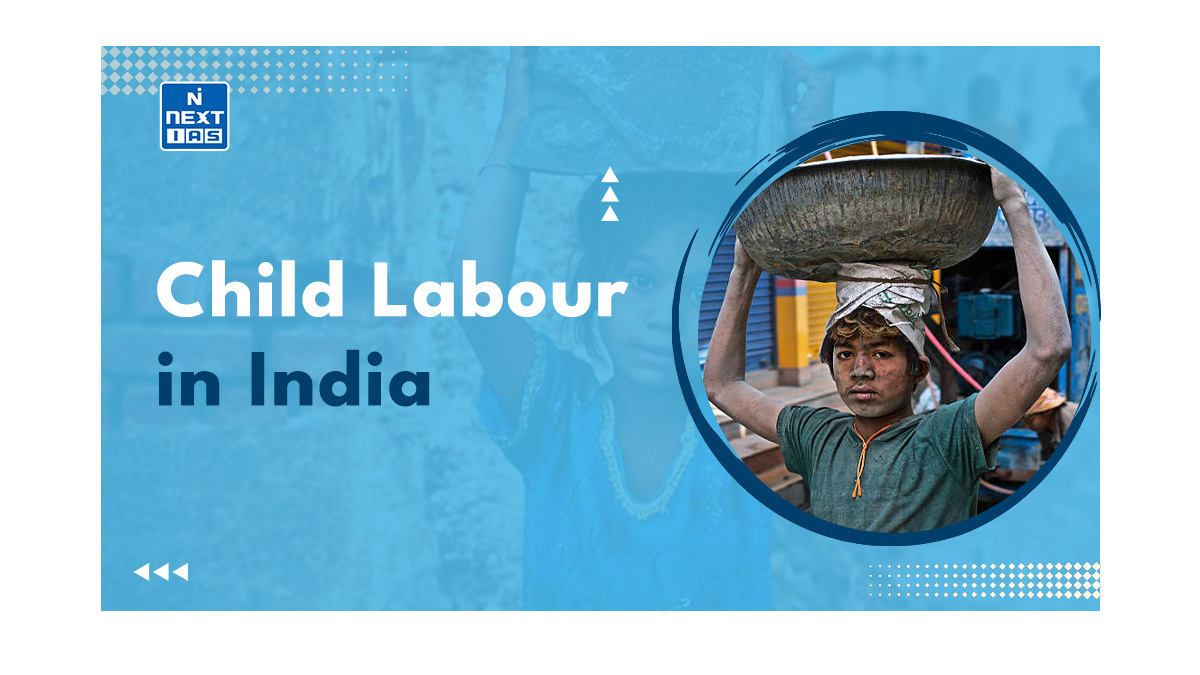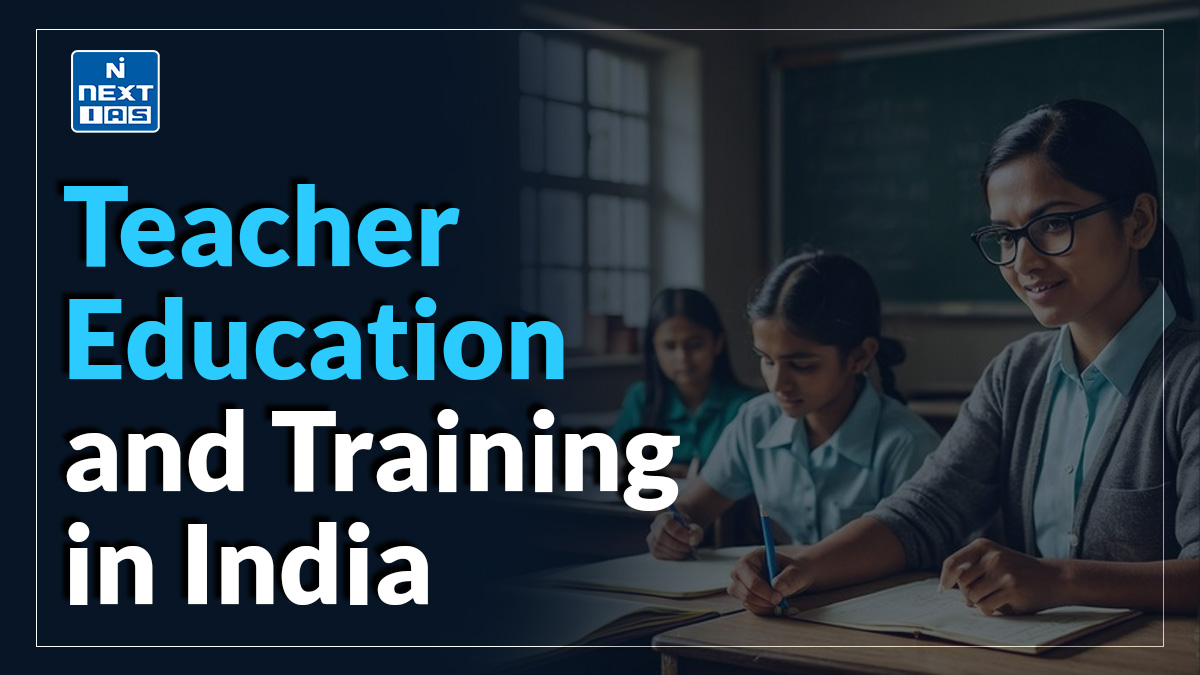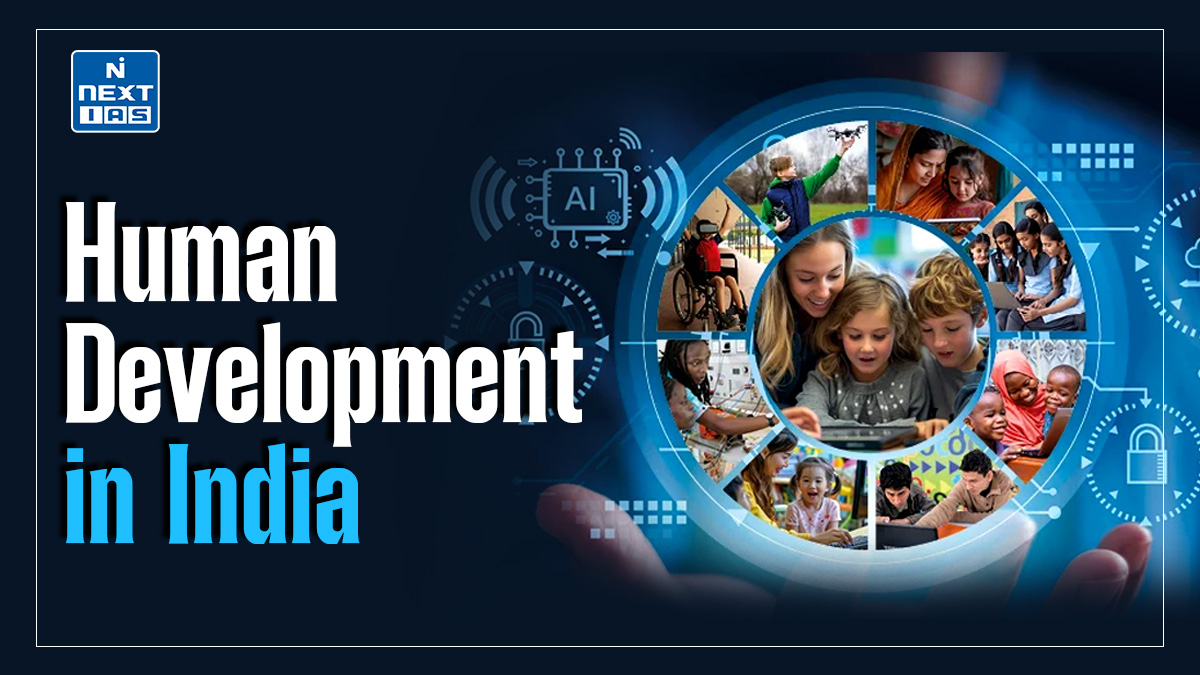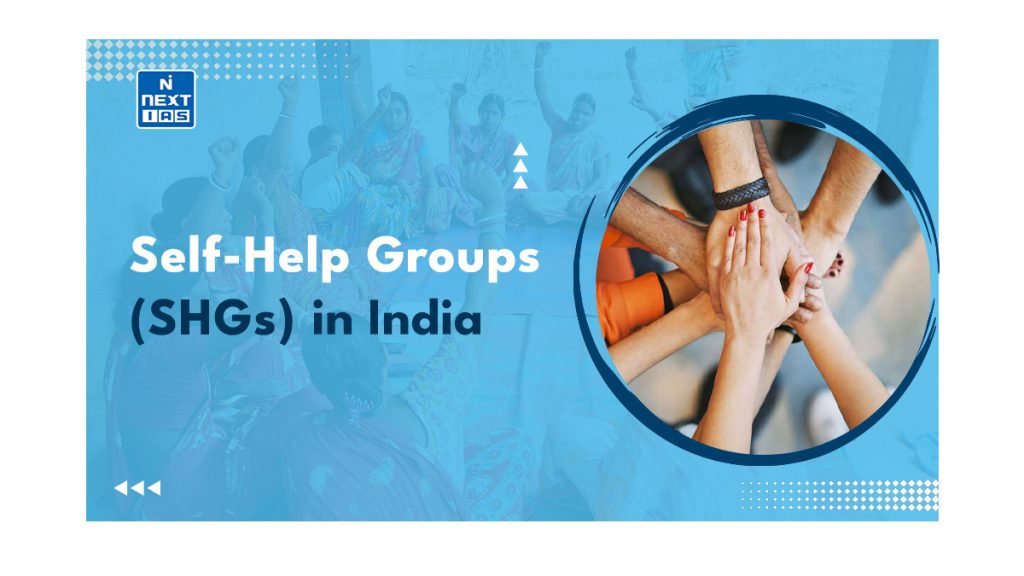
Self-Help Groups (SHGs) are small, community-based organizations where members pool their resources for mutual economic support, often focusing on savings and credit activities. These groups play a crucial role in empowering marginalized communities, fostering financial inclusion, and promoting sustainable livelihoods. This article aims to study in detail the structure, objectives, and impact of Self-Help Groups, highlighting their contribution to socio-economic development.
About Self-Help Groups (SHGs)
- Self-Help Groups (SHGs) have emerged as a transformative movement in India and other developing countries.
- These grassroots-level organizations are built on the principles of mutual aid, self-reliance, and collective empowerment.
- The concept focuses on mobilizing people, especially marginalized groups, to take charge of their economic, social, and personal growth.
Meaning of Self-Help Groups
- A Self-Help Group is a small, informal association of individuals, typically from similar socio-economic backgrounds, who voluntarily come together to achieve collective objectives.
- Members of SHGs save regularly, pool their savings, and use the funds to meet their needs or start income-generating activities.
Objectives of Self-Help Groups (SHGs)
- To provide access to credit and promote entrepreneurship.
- To build confidence among marginalized groups, especially women, by fostering a sense of community.
- To connect unbanked populations with formal financial institutions.
- To enhance skills, awareness, and decision-making capabilities.
- To improve the standard of living of poor households through sustainable livelihoods.
Key Features of Self-Help Groups (SHGs)
- Group Size– Typically, Self-Help Groups (SHGs) consist of 10-20 members, ensuring that the group remains manageable and cohesive.
- This size facilitates effective communication and collaboration among members, fostering a sense of unity and shared responsibility.
- Homogeneity– SHG members are generally from similar socio-economic backgrounds, which helps build trust and mutual understanding.
- This homogeneity enables them to work together seamlessly and address common challenges collectively.
- Savings and Credit- Members of SHGs contribute regular savings to create a collective pool of funds.
- These funds are then used to provide loans to members at reasonable interest rates for personal or business needs, promoting financial independence and resource circulation within the group.
- Collective Decision-Making- SHGs operate on the principle of collective decision-making, ensuring that all members have a voice in the group’s activities.
- Decisions are made democratically, fostering a sense of ownership and shared commitment to the group’s objectives.
- Training and Capacity Building- Members receive training in areas such as financial literacy, business development, and skills enhancement.
- These training programs are designed to empower members by building their capacities for managing finances and running small enterprises effectively.
- Linkage with Banks- SHGs are often connected to formal banking institutions through programs like NABARD’s SHG-Bank Linkage Programme.
- This linkage enables SHGs to access credit facilities, enhancing their financial sustainability and boosting economic activities within the community.
Role of SHGs in Socio-Economic Development
- Women Empowerment– SHGs have been a significant tool for empowering women by making them financially independent and socially confident.
- Through participation in decision-making processes, women gain leadership skills and awareness of their rights.
- Poverty Alleviation– SHGs enable access to microcredit, which members can use for income-generating activities, thereby lifting families out of poverty.
- Financial Inclusion– SHGs play a vital role in bringing the unbanked population under the formal financial system by facilitating savings accounts and loans.
- Skill Development and Employment- Members of SHGs are trained in various skills such as tailoring, handicrafts, and agriculture, which help them find employment or start small businesses.
- Social Cohesion- SHGs foster unity and cooperation among members, leading to a stronger community network. They address social issues like domestic violence, child marriage, and illiteracy collectively.
- Disaster Management- SHGs contribute to community resilience by pooling resources during crises like floods or pandemics.
Government Initiatives Supporting Self-Help Groups (SHGs)
- National Rural Livelihood Mission (NRLM): Launched in 2011, NRLM aims to reduce poverty by promoting SHGs and linking them with financial institutions.
- NABARD’s SHG-Bank Linkage Programme (SBLP): Introduced in 1992, this program enables SHGs to access bank loans without collateral.
- Women’s SHGs under Deendayal Antyodaya Yojana: Focuses on promoting women-led SHGs to empower rural women economically.
- Pradhan Mantri Mudra Yojana (PMMY): Provides loans to small and micro-enterprises, including SHGs, to boost entrepreneurship.
- State-Specific Schemes: States like Tamil Nadu, Andhra Pradesh, and Kerala have introduced successful SHG models, such as Kudumbashree in Kerala.
Challenges Faced by Self-Help Groups (SHGs)
- Limited Financial Literacy: Many members lack knowledge about financial management and banking procedures.
- Inefficient Leadership: Leadership in SHGs often lacks the necessary skills and training.
- Dependence on External Agencies: SHGs sometimes become overly reliant on government or NGOs for funding and guidance.
- Group Dynamics Issues: Conflicts among members or lack of trust can hinder the group’s functioning.
- Scalability: Many SHGs struggle to scale up their operations or sustain long-term activities.
Success Stories of SHGs in India
- Kudumbashree (Kerala)– Launched in 1998, Kudumbashree is one of the most successful SHG models in India, empowering women through microcredit and entrepreneurship.
- SHGs in Andhra Pradesh- The state has seen significant success with SHGs under the NRLM, transforming the lives of millions of rural women.
- Amul Dairy Cooperatives- Although not strictly SHGs, Amul operates on similar principles, demonstrating how collective efforts can revolutionize industries.
Way Forward
- Capacity Building- Enhance training programs to improve members’ skills in financial literacy, leadership, and entrepreneurship.
- Technology Integration- Promote digital tools to improve record-keeping, communication, and access to markets.
- Enhanced Support from Financial Institutions- Banks should simplify procedures for SHGs and offer tailored financial products.
- Market Linkages- Governments and NGOs should help SHGs connect with larger markets for their products.
- Monitoring and Evaluation- Establish robust systems to assess the performance of SHGs regularly.
Conclusion
Self-Help Groups have proven to be a powerful mechanism for socio-economic transformation in India. By fostering financial independence, empowering women, and building community resilience, SHGs have the potential to address pressing developmental challenges. With continued support from governments, NGOs, and financial institutions, SHGs can further strengthen their impact and contribute to building a more inclusive and equitable society.
GS - 2